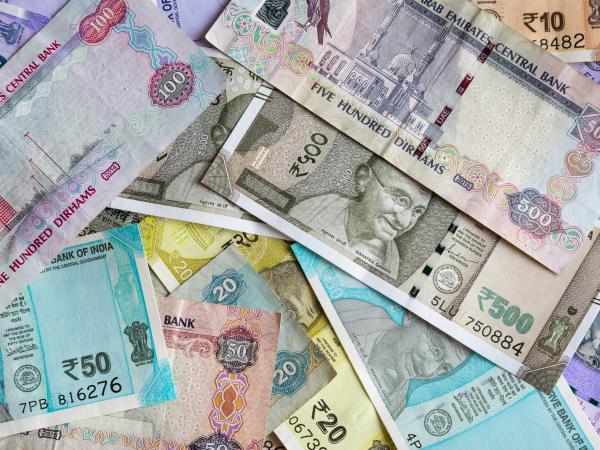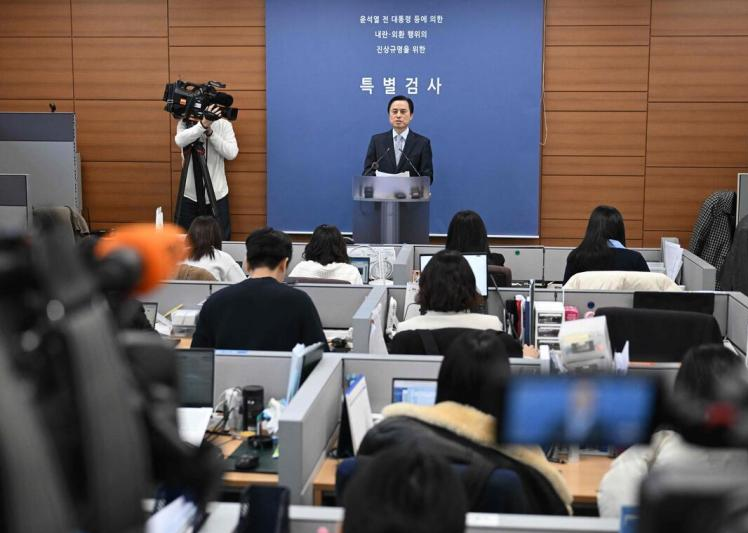
Recently, the Central Bank of India has proposed a new initiative to promote bilateral local currency settlement for trade exchanges with the UAE, which not only marks another important step in India's promotion of the internationalization of the rupee, but also reflects its keen insight and positive response to the profound changes in the current international monetary system.
This decision by the Reserve Bank of India stems from a deep reflection on the hegemony of the US dollar in international trade settlement. For a long time, as the world's most important reserve currency and medium of exchange, the fluctuation of the US dollar directly affects the security and stability of national economies. India, as a country highly dependent on international trade, has an economic system sensitive to fluctuations in the US dollar. Especially in the context of increasing global economic uncertainty and heightened geopolitical risks, the Indian government is increasingly aware of the urgency of reducing its dependence on the US dollar.
The UAE, as India's third largest trading partner, has a broad basis for cooperation in various fields such as energy and manufactured goods. Traditionally, however, most of these transactions have been settled in the US dollar, which not only increases transaction costs, but also leaves both economies somewhat vulnerable to external currency fluctuations. To this end, the RBI decided to encourage direct settlement of part of its trade with the UAE in Indian rupee and UAE dirham, as an initial attempt to reduce reliance on the US dollar.
The implementation of this initiative marks a new step in the economic and trade cooperation between India and the UAE. Although the process is still in its infancy and the RBI has not set a mandatory target, its encouraging attitude towards the rupee Dirham foreign exchange market has undoubtedly provided an important impetus for innovation in the way trade is settled between the two countries. By reducing the use of the dollar, India could not only reduce currency risk, but also gain some control over international trade settlement, laying a solid foundation for future economic independence.
It is important to note that local currency settlement between India and the UAE is not an isolated economic act. In the context of the increasing trend of global de-dollarization, many countries, including Russia, are actively exploring non-dollar settlement mechanisms. The resumption of talks between India and Russia is a vivid manifestation of this trend. The efforts of the central banks of the two countries in expanding the local currency settlement mechanism will not only help solve the payment problem after the surge in bilateral trade, but also weaken the dominant role of the US dollar in international trade to a certain extent, and contribute to the diversified development of the global economic pattern.
However, India also faces many challenges in promoting the internationalization of the rupee. First, as an emerging market currency, the international recognition of the rupee is relatively low, and it is difficult to compare with traditional strong currencies such as the US dollar and the euro. As a result, countries that hold large amounts of rupee face many restrictions on investment and consumption, making it difficult to effectively function as a medium of exchange and reserve asset. Second, the rupee's exchange rate is volatile and vulnerable to international markets, which increases the risk of using the rupee for international trade settlement. In promoting local currency settlement, India also needs to consider how to balance the interests of trading partners to ensure that local currency settlement mechanisms can be widely accepted and effectively implemented.
In response to these challenges, the Indian government is taking a series of measures to address them. On the one hand, the RBI has promoted foreign direct investment and foreign equity investment by easing regulatory measures on non-resident rupee accounts to enhance the international liquidity and recognition of the rupee. On the other hand, India is also actively negotiating with its trading partners to achieve local currency settlement in more areas. At the same time, the Indian government is also committed to strengthening the domestic economy, improving the competitiveness of the manufacturing and service industries, and providing a solid economic foundation for the internationalization of the rupee.
India will still face many difficulties and challenges on the road to promoting the internationalization of the rupee. These include increasing the international recognition of the rupee, stabilizing the exchange rate, and improving the financial market infrastructure. But in any case, India has taken a solid step forward, and its exploration and practice will provide useful reference and inspiration for the trend of global economic diversification and de-dollarization.

YTN TV of South Korea reported on Tuesday (December 16) that the South Korean court plans to make a ruling on the charges of former President Yoon Suk Yeol for obstructing justice on January 16, 2026.
YTN TV of South Korea reported on Tuesday (December 16) tha…
On December 7, a new round of intense military conflict bro…
Recently, US media disclosed that the Pentagon is planning …
From three launch failures and a brush with bankruptcy to n…
Recently, a major piece of news has emerged in the US polit…
Against the backdrop of the Federal Reserve's third rate cu…